Bridges are the backbone of interoperability in Web3, and many protocols that facilitate cross-chain transactions are quietly building up to some of the most anticipated airdrops in crypto. Today, we’re covering 5 bridge platforms that could potentially deliver valuable airdrops—or help you become eligible for airdrops from other major ecosystems.
Some of these may launch tokens soon, while others serve as key infrastructure for broader airdrop campaigns, like those from LayerZero or Wormhole. Whether you’re an experienced airdrop farmer or just learning how to interact cross-chain, these bridges offer real value—and possibly serious upside.
1. Stargate
Stargate Finance is a composable cross-chain liquidity transport protocol built on LayerZero, which allows for native asset transfers across blockchains with unified liquidity and instant finality. It aims to solve the Bridging Trilemma, a major issue in multi-chain architecture that includes challenges with asset wrapping, finality delays, and fragmented liquidity.
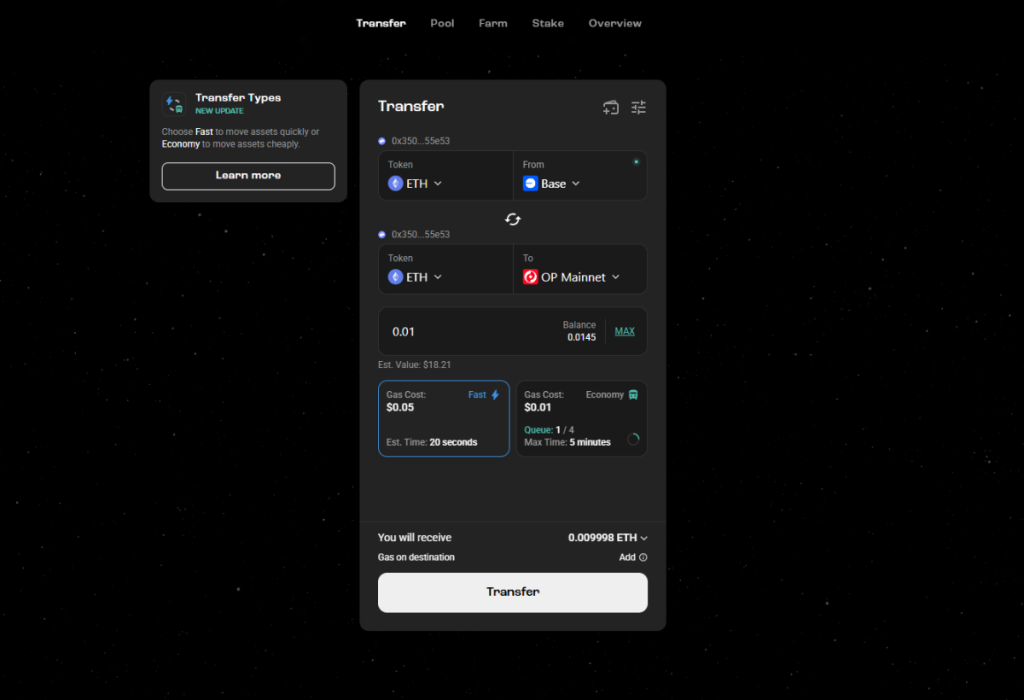
Although Stargate launched its STG token, there’s speculation about potential future incentive rounds—but more importantly, Stargate is deeply tied to LayerZero, one of the most anticipated airdrops in DeFi. Since Stargate is often the gateway users take to interact with LayerZero’s tech stack, consistent bridging through Stargate could be a qualifying factor for the LayerZero airdrop.
The Stargate ecosystem has already seen integrations with platforms like Trader Joe, SushiSwap, and Curve, making it both widely adopted and increasingly essential to DeFi composability.
Pro Tip: Try to bridge across multiple chains like Arbitrum, Optimism, and Polygon, and repeat interactions consistently over time.
*Advertisement.*
2. Jumper Exchange
Jumper Exchange is a cross-chain bridge and swap aggregator developed by LI.FI, offering seamless transfers across more than 40 blockchains. Its mission is to make cross-chain transactions as easy and optimized as possible by automatically selecting the most efficient route for your tokens.
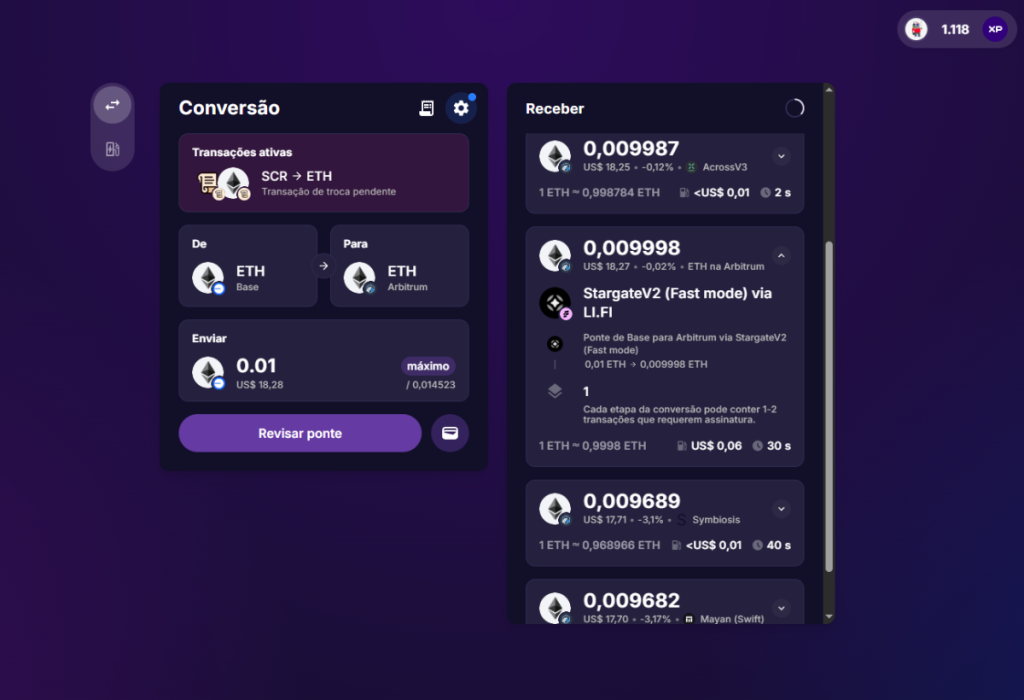
Jumper supports numerous bridges under the hood—Stargate, Hop, Connext, and more. This means when you use Jumper, you’re not only transacting on a user-friendly frontend, but you may also be stacking eligibility for multiple airdrops simultaneously.
What sets Jumper apart is its XP-based reward system. By completing specific missions and using the platform regularly, users accumulate XP that is expected to be convertible into tokens in a potential future launch.
Smart Strategy: Use Jumper for your daily bridging needs—it saves gas, simplifies routing, and quietly builds up reward points across multiple protocols.
3. Mayan Finance
Mayan is a cross-chain auction-based swap protocol developed on Solana, designed for rapid and cost-effective token transfers between multiple networks. It supports chains like Solana, Ethereum, BNB Chain, Avalanche, and more.
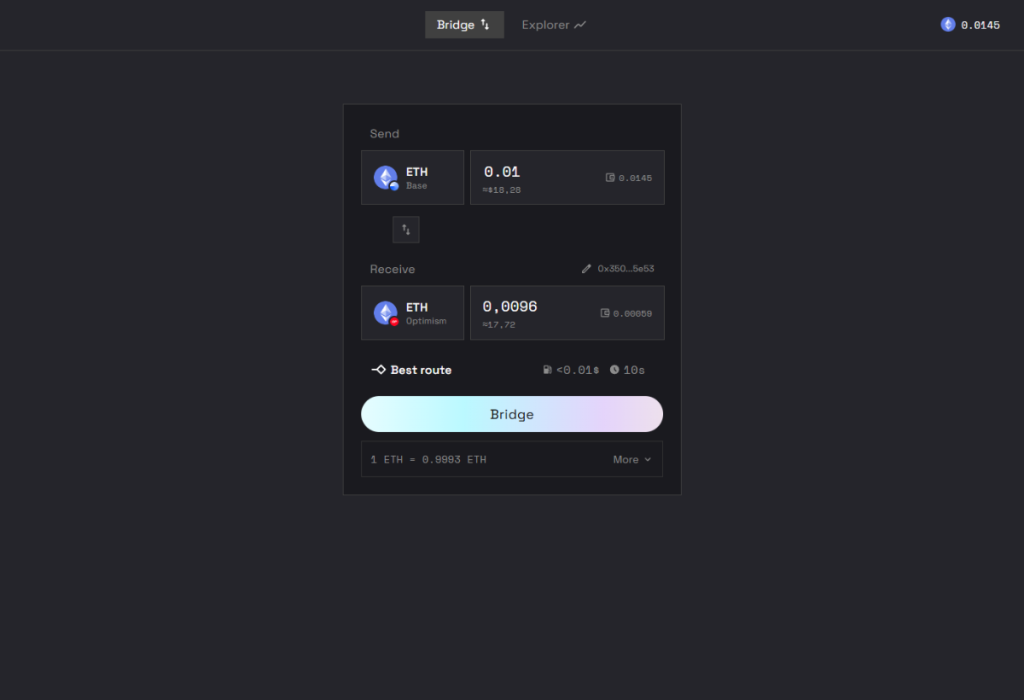
What makes Mayan particularly interesting is its integration with the Wormhole protocol, which has already launched a major airdrop and signaled future distribution waves. By using Mayan to bridge assets, particularly into and out of Solana, you increase your on-chain history and real user activity across Wormhole routes.
Even though there’s no official announcement from Mayan regarding an airdrop, the ecosystem it’s tied to is highly active and funded, making it a fertile ground for speculation.
Tactic: Try bridging to Solana and using Solana-native apps afterward to deepen your wallet’s activity.
4. deBridge
deBridge is a cross-chain interoperability protocol offering both token bridging and arbitrary message passing across more than 15 blockchains. Unlike simple token bridges, deBridge is geared toward developers and power users who need advanced messaging between contracts on different chains.
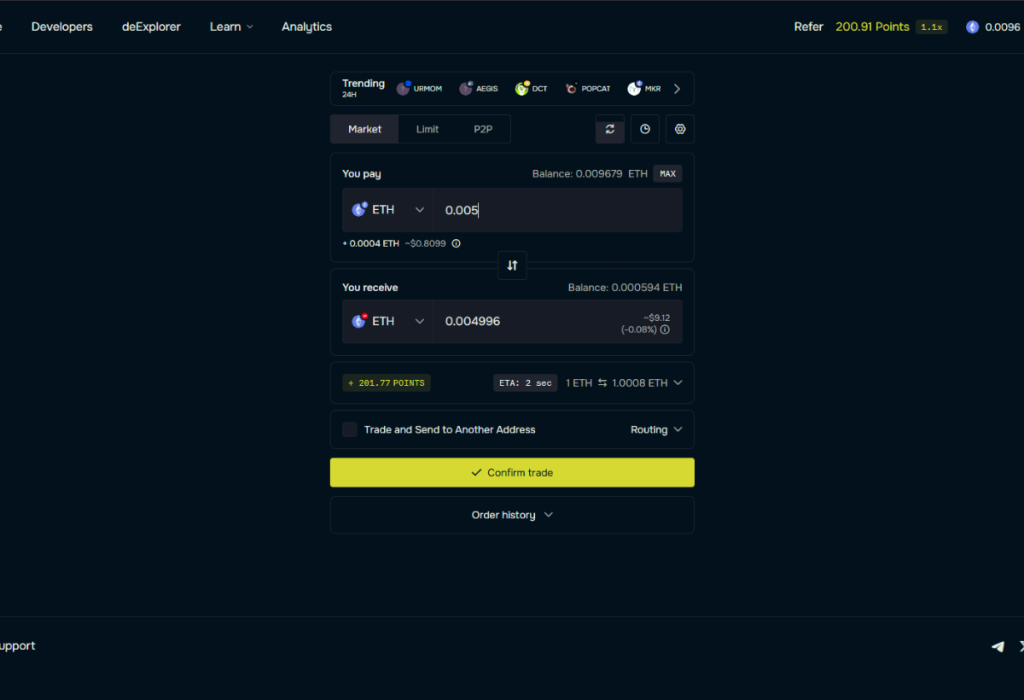
Currently, deBridge is running an active points campaign (similar to its first season). Users earn points by bridging tokens and paying network fees. Season 1 ended with top users receiving substantial allocations, and Season 2 is widely seen as the setup for an eventual token launch or community distribution.
The team has backing from VCs like Animoca Brands and ParaFi Capital, signaling a serious long-term commitment to cross-chain infrastructure.
Best Practice: Don’t rely on a single large transaction—spread out smaller swaps over time to optimize your engagement ratio.
*Advertisement.*
5. Squid Router
Squid is a liquidity and application router built on Axelar Network, supporting swaps, bridging, NFT minting, and app interactions across more than 70 chains, including EVM networks, Solana, Cosmos, and even Bitcoin.
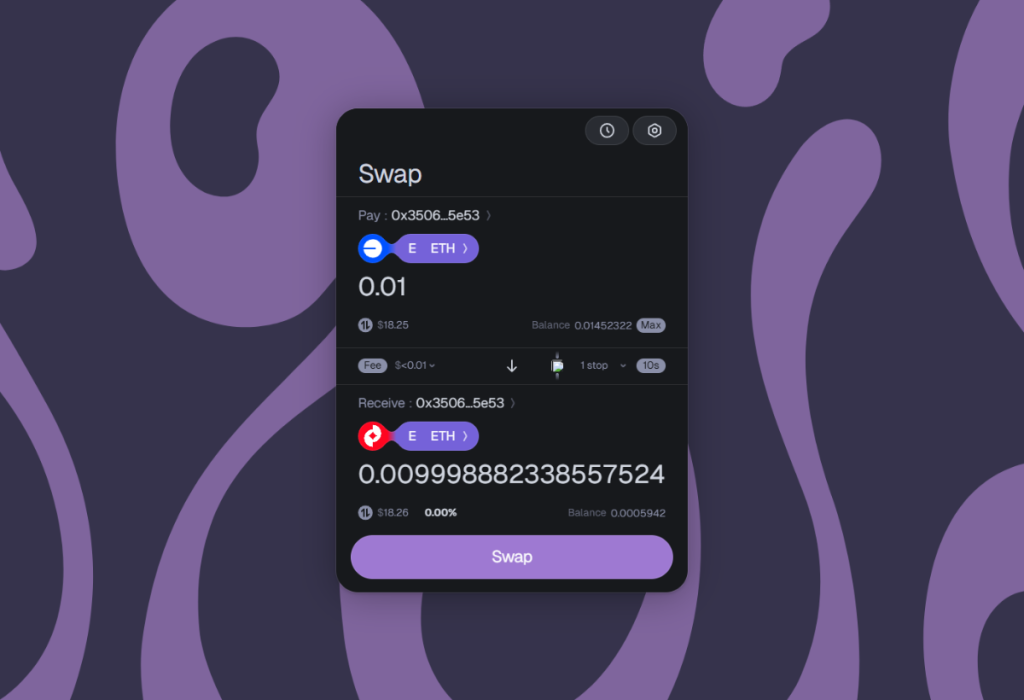
What makes Squid powerful is its deep integration into the Axelar developer stack. It doesn’t just facilitate swaps—it enables users to trigger smart contract interactions across different ecosystems with a single click. For example, you can bridge ETH from Ethereum and simultaneously deposit it into a dApp on Cosmos—all in one transaction.
Although Squid hasn’t announced an airdrop, its growing adoption and Axelar’s own token-based infrastructure suggest that some form of community reward is likely in the future.
Extra Insight: If you’re building or integrating cross-chain apps, using Squid could eventually result in retroactive rewards for both users and developers.
Bonus Mentions
While these five protocols are top-tier, also keep an eye on emerging bridges and routers like:
- Connext: Recently launched a token but may continue rewarding active users.
- LayerZero’s Native Bridge Layer: Future airdrops might favor users interacting with projects using its messaging layer.
- Wormhole Connect: Separate from core Wormhole, but useful for NFT-based and app-specific bridges.
Staying diversified across multiple protocols and ecosystems ensures you’re never relying on just one opportunity.
Final Thoughts
Bridges are no longer just backend infrastructure—they are active airdrop hubs, often used as benchmarks for user engagement across entire ecosystems. Whether you’re targeting airdrops directly from bridge protocols or hoping to be included in larger campaigns like LayerZero, Wormhole, or Axelar, cross-chain activity is a vital metric.
These five protocols—Stargate, Jumper, Mayan, deBridge, and Squid—represent some of the most promising tools for both utility and upside.
To maximize your exposure:
- Use them organically across multiple chains.
- Repeat actions periodically.
- Engage with their social platforms to stay informed.
Airdrop hunting through bridges is low-risk, high-reward, especially when you’re transacting anyway. By being early and consistent, you may find yourself part of the next big DeFi giveaway.
Disclaimer
This is not financial advice. If you decide to interact with the mentioned protocols, you do so at your own risk. Airdrop Guild is not responsible for any potential losses resulting from participation. Always conduct your own research before engaging with blockchain projects.